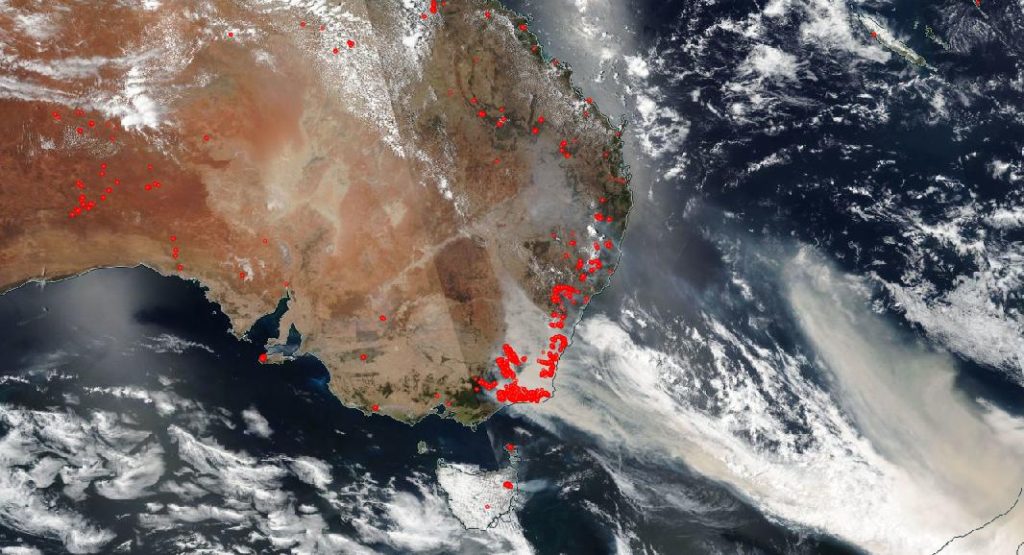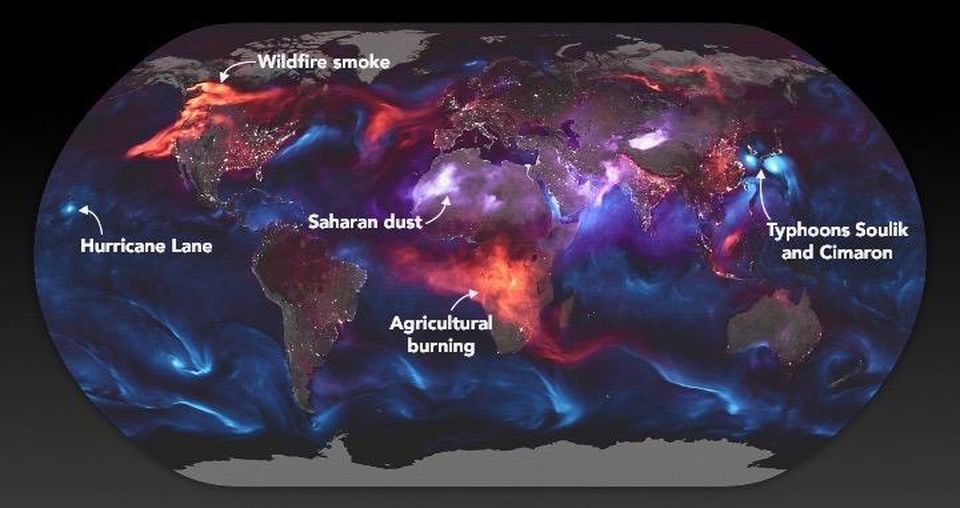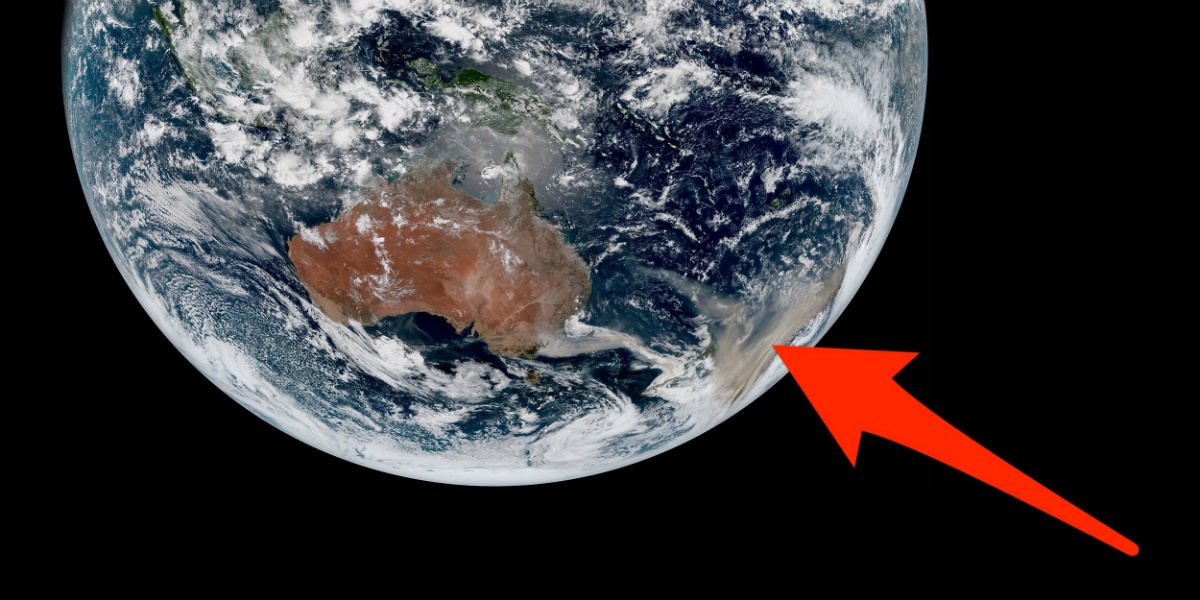Australia’s bushfire smoke is traveling the globe, and the law is not catching it

The Australian fires have been heartbreaking, more than 14.7 million acres have been burned across the country’s six states. That’s larger than the countries of Belgium and Haiti combined. Just in NSW, there have been more than 1,300 houses destroyed and 8.9 million acres scorched.
Smoke from Australia’s bushfires has travelled far beyond its origins. It crossed New Zealand and South America, and within days had drifted halfway around the globe. NASA predicted the smoke would complete a full circuit and arrive back where it started.
With climate change and global temperatures rise, bushfires will increase in severity and frequency. Despite the proliferation of climate-related laws in recent decades, bushfire smoke has escaped regulation. In this new era of natural disaster and monster fires, our laws need a major update.
A story of smoke and the law
Smoke is isn’t new, it has polluted Earth’s air since the invention of fire.
Smoke pollution grew worse however during the Industrial Revolution, as coal-burning factories proliferated across Europe and the United States. In London, 12,000 people are believed to have died in the Great Smog of 1952.
Especially in Australia, bushfire aren’t new, it is quite a natural phenomenon occurring each summer. But laws have failed to deal with air pollution from those bushfire smoke. So far, the law has targeted pollution from industry, transport, power generation, and vehicles.

So what's the problem?
The problem is the impact of those fires. For most healthy people, exposure to wildfire smoke is just an annoyance, causing burning eyes, scratchy throats or chest discomfort that all disappear when the smoke clears. But studies have linked heart attacks and cancer with long-term exposure to air pollution.
Australia’s fires however are not the first to be felt.
Slash-and-burn farming in Indonesia regularly spreads smoke across Southeast Asia. In September last year, winds reportedly carried the smoke north to Malaysia and Singapore, prompting schools to close and triggering a mass public health scare.
In 2018, smoke from wildfires on the west coast of the United States reportedly travelled to the east coast of the continent to states such as Missouri, Ohio, New York and Massachusetts.

NASA Releases Stunning Snapshot Of The World On Fire
In addition, Australia’s bushfires have contributed to the biggest annual increases in the concentration of carbon dioxide in the Earth’s atmosphere in 60 years time.
Who’s to blame?
Following the latest bushfire outbreak, some declared Prime Minister Scott Morrison and his government responsible for failing to take meaningful action on climate change.
There is also a strong argument to hold corporations responsible for climate change – one analysis in 2017 found that just 100 companies were responsible for more than 71% of the world’s greenhouse gas emissions since 1988.
The law is not catching it

Despite this proliferation, the world is not on track to limiting planetary warming to less than 1.5℃ this century – a threshold beyond which the worst climate change impacts, including uncontrollable bushfires, will be felt.
This is because most of the laws consist of “declarations” and soft law – that which is not legally binding, and so is easily ignored.
The United Nations, which last year released the first-ever assessment of global environmental rules, says weak enforcement was “a global trend that is exacerbating environmental threats” including climate change and pollution. It also pointed to the need to properly fund government agencies responsible for enforcing laws.

What now?
The thing is that we usually don’t see the impacts of climate change, such as sea level rise. Bushfire smoke however rapidly engulfs a city skyline, travels beyond national borders and is basically impossible to ignore.
As fire seasons worsen, political leaders are under increasing pressure to take action. The key will be to enact stronger climate change laws and work on their enforcement. Recognizing that a bushfire in one country can become the world’s problem, the international community must come with new international standards.
In 2019, between California, the Amazon, Russia, Indonesia, and Australia, the world has been burning. On August 2019 alone, 79,000 wildfires were recorded worldwide. As a result, the need for the law to catch up is greater than ever.




